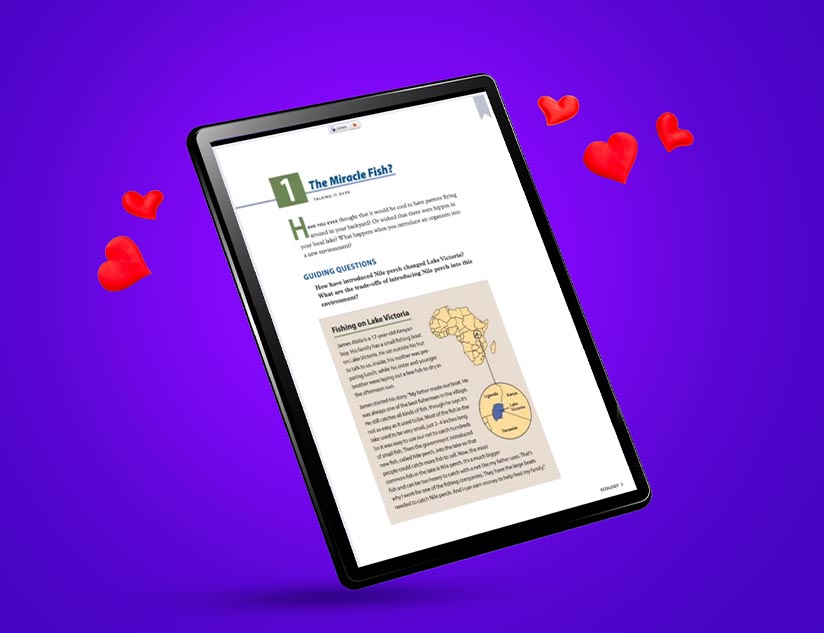With the rapid acceptance of digital and remote learning globally, educational publishers are changing their attitude towards digital publishing and EdTech tools. From considering digital learning platforms as “nice-to-have,” they have become a strategic part of the publishing business. The time now is to take it one step further, changing your perspective from just focusing on domestic consumption to taking your offerings international.
The eLearning market size is expected to cross the $375 billion mark by 2026. However, not all countries are moving at the same pace to adopt digital solutions. For instance, while spending on STEM education has more or less stagnated in the United States, China has been growing its spending on STEM.
In other words, if you want to grow your revenue and maximize the monetization of your content, you need to look at ways to go global. However, to be successful in this endeavor, you need the right approach and cutting-edge tools.
Here are four things you should consider before taking your educational publishing business international.
Understand the Market Before Entering It
From fundamental aspects like the academic year starting at different points of the year, who pays for the content to cultural differences, the first step is to gain insight into the market you wish to enter. However, the good news is that with different countries starting the school year at different times, your “selling season” needs no longer be restricted to spring or fall.
Consider collaborating with local strategic channel partners who can provide information on how schools in the nation work, what they need, their curriculum, etc. They can also help you spread the word about the benefits of your content. The local support can also be handy when you are ready to scale.
Engage Your Target Market
When you are new to a region, simply depending on advertising doesn’t help. It will help if you connect directly with the end-users – the schools, teachers, and parents. Explain the benefits you bring for each user type. Of course, you will need buy-in from the school to implement your solutions. Having students and parents on board means that the school faces much lower resistance when implementing the change.
In many countries, schools are slow to adopt new technology. Setting up demos, offering training, and supporting the school through initial implementation can be of great help. You could offer a lighter version as a test run, and once they experience the digital solutions for themselves, you could push for the complete package.
Set Up Easy Licensing and Sales of Educational Content
The benefit of EdTech is that you don’t need to worry about shipping your products across the world, setting up storage space, or establishing agency representation locally. All you need is a powerful, cloud-based digital platform that will allow you to directly sell content via a secure eCommerce store and provide licenses to schools.
The right platform can even help you follow different licensing models for various regions while offering you robust digital rights management solutions to prevent content piracy. For instance, you could provide licenses based on the number of users, specific IP addresses, or a number of devices. The platform could also support different sales models, including B2B bulk selling and short duration access.
Ensure Compliance
Just like the US has laws like COPPA and FERPA to protect student privacy in online learning, other nations might also have their regulations. For instance, GDPR is the law that protects personal data in the virtual world in the EU. While doing your market research for new regions, make sure you also understand such laws to avoid legal repercussions.
Here too, the digital platform you choose to deliver your educational content will play a crucial role. The platform should be able to support regional support based on the compliance requirements of that country. Also, compliance with industry standards, such as TinCan API, LTI, QTI, ePub 3, etc., can be easily ensured with the right platform. A platform that allows easy integration with third-party apps can ensure that the LMS already being used by a school is easily integrated into your solution.
Apart from these basic preparations, you might also need to tweak your educational content for different countries. Also, you might wish to modify your content or update it from time to time. Choosing a robust digital platform that supports all your content publishing and distribution needs seamlessly can ease the journey to globalization.
Are you looking to take your educational publishing business to the next level? Speak with our experts for support from an experienced team.













